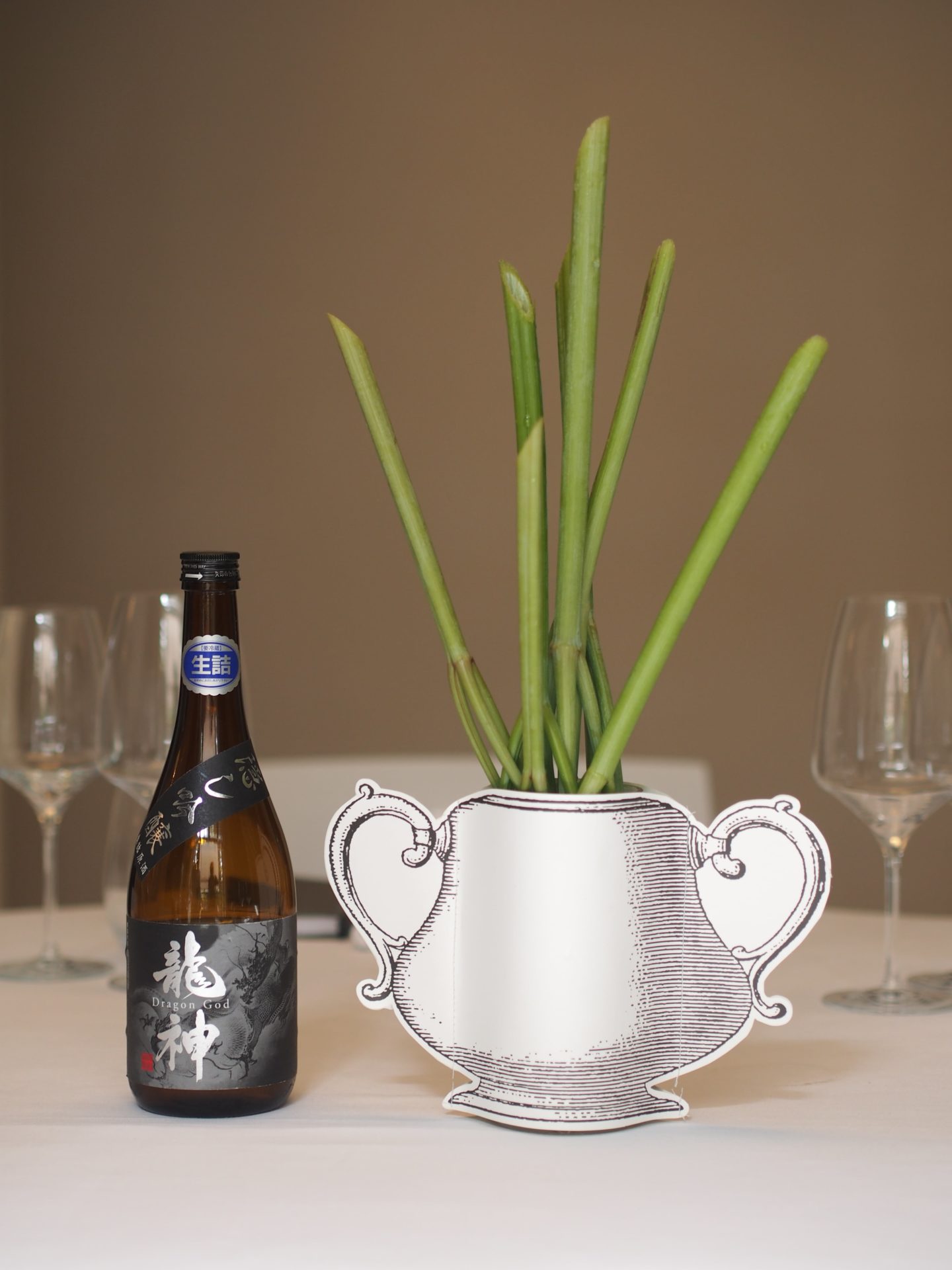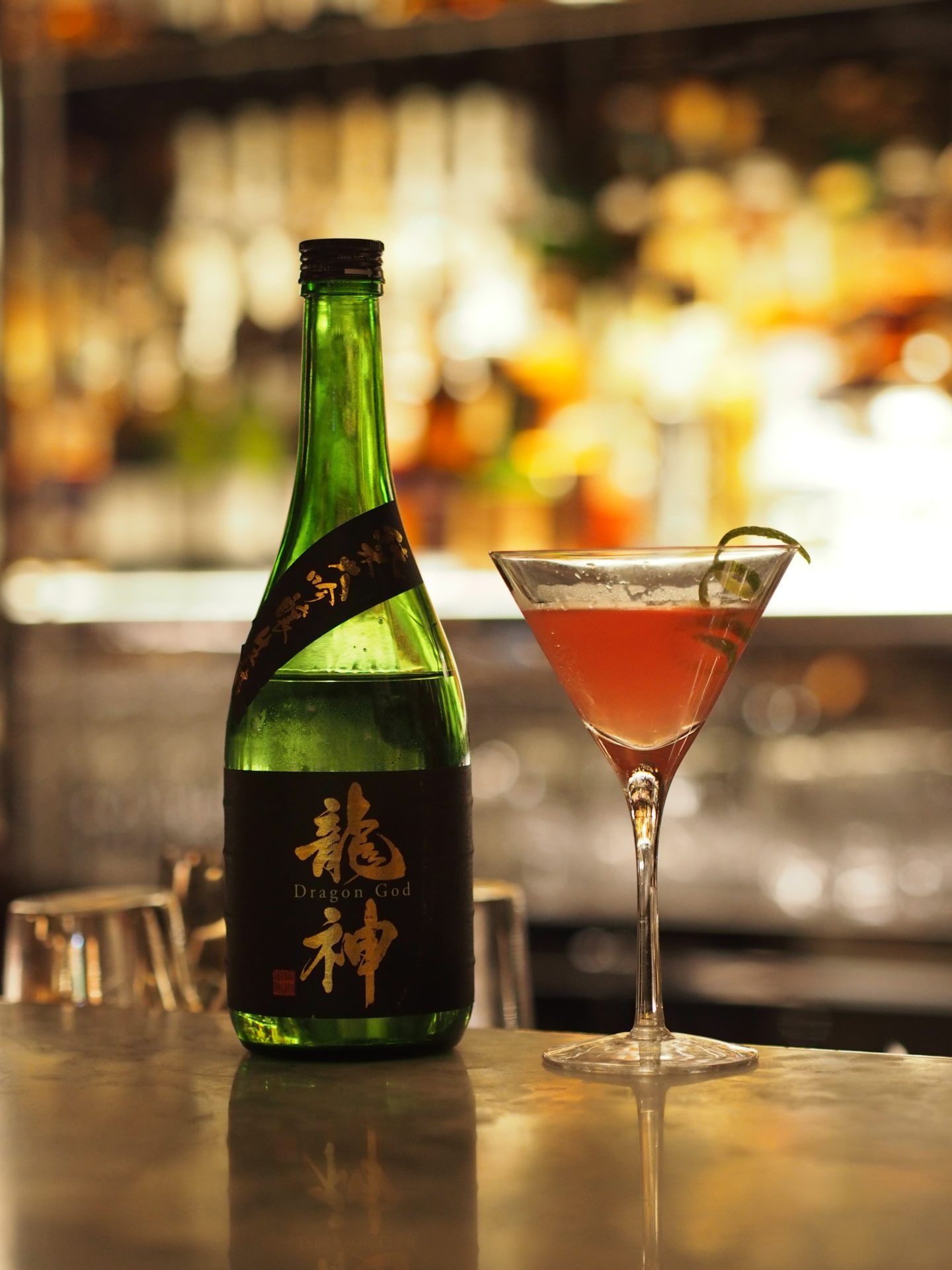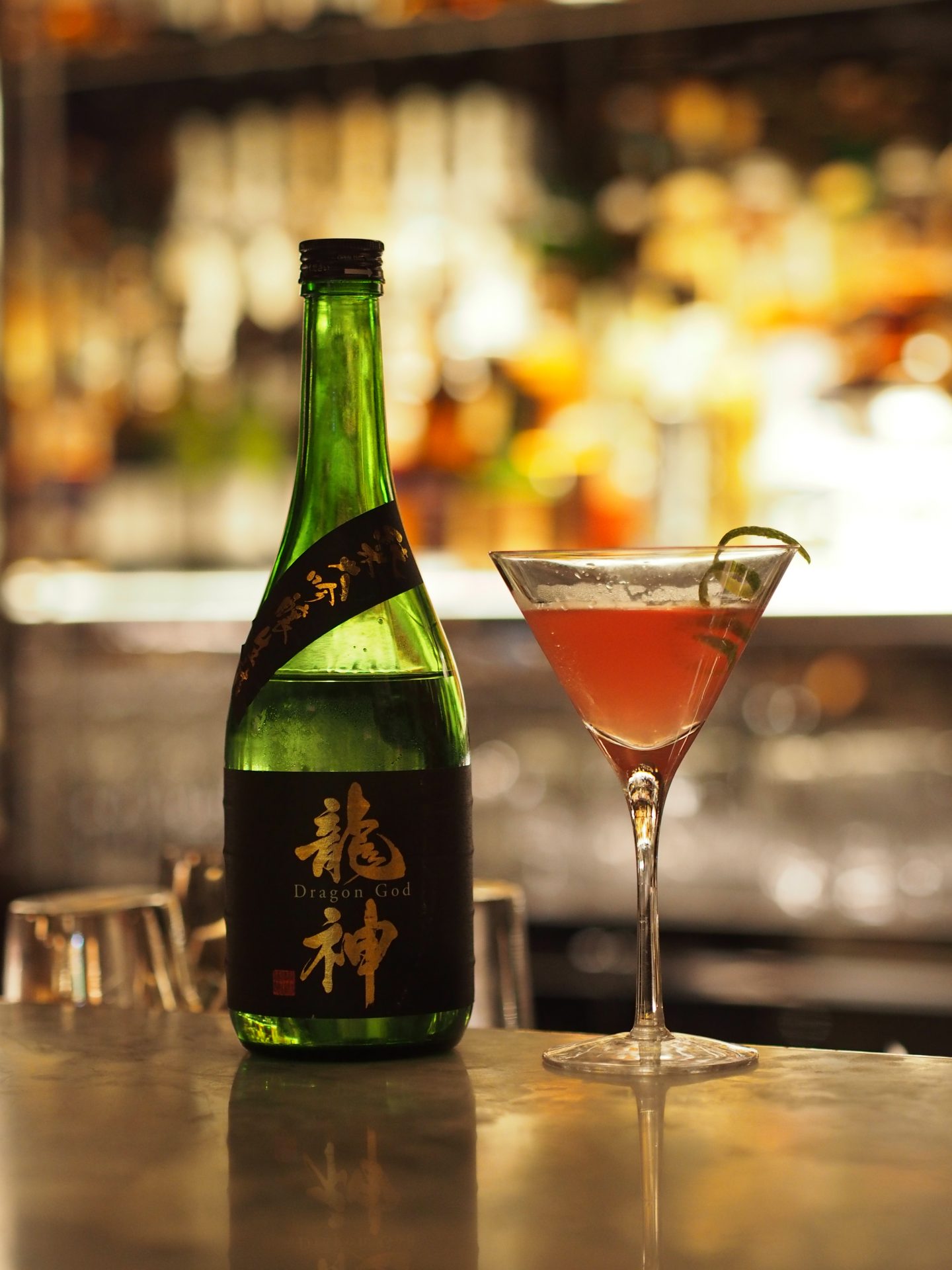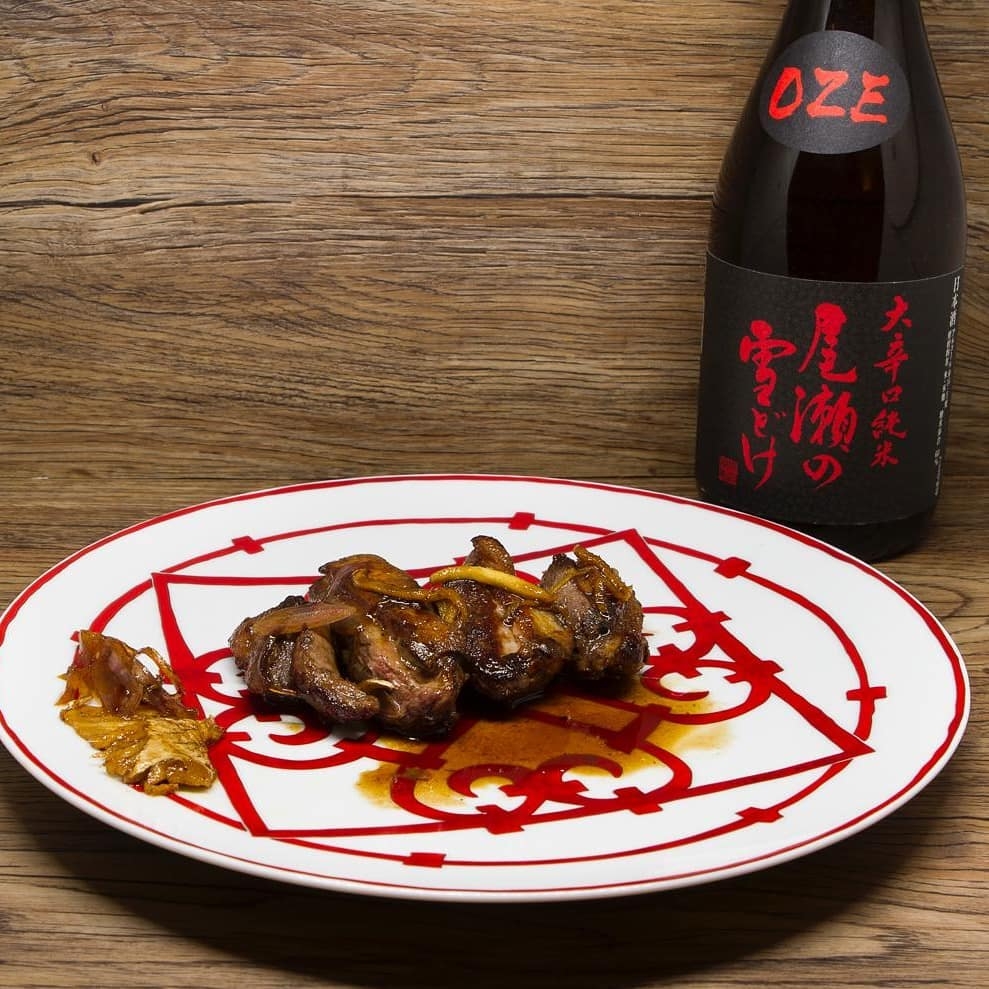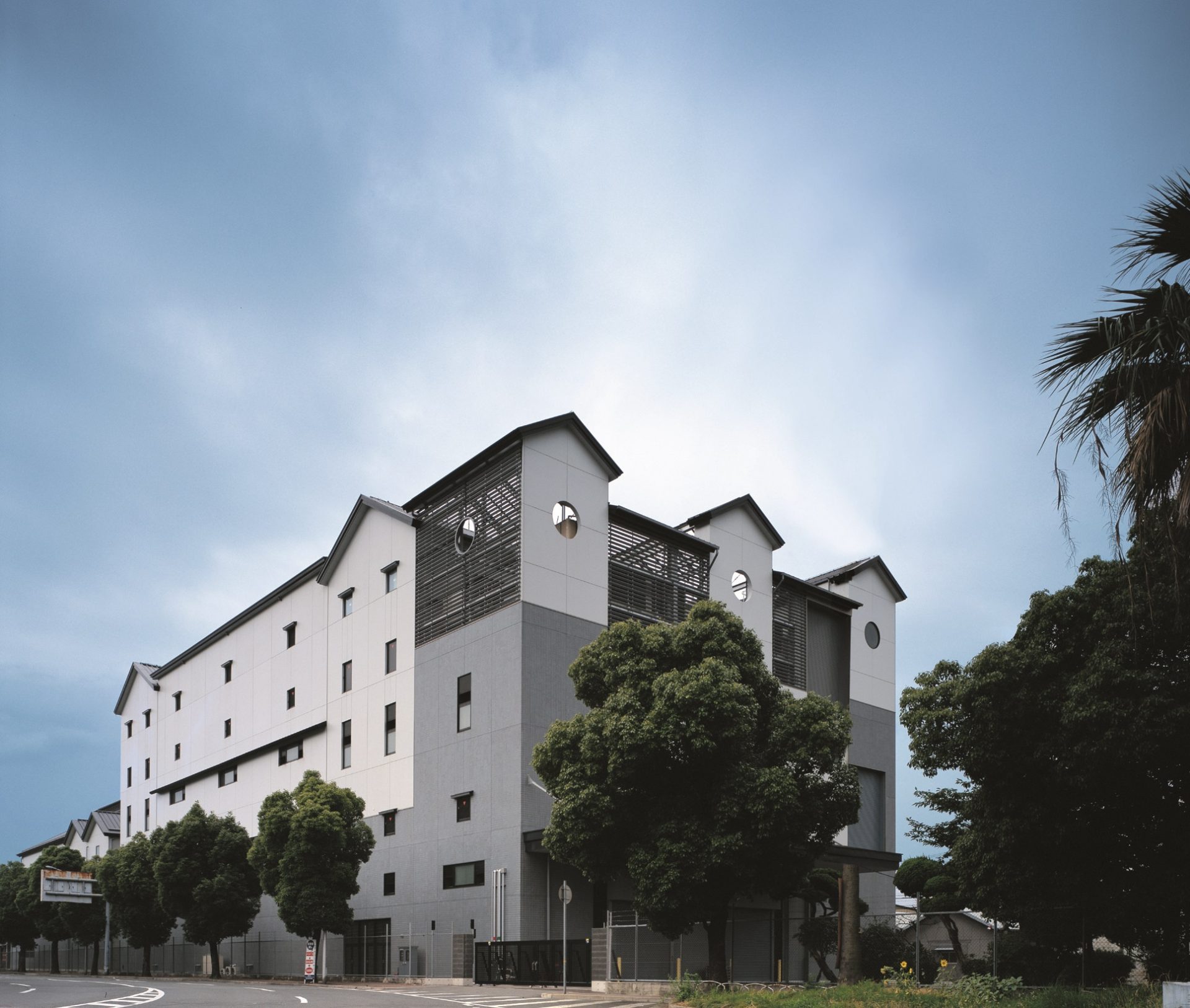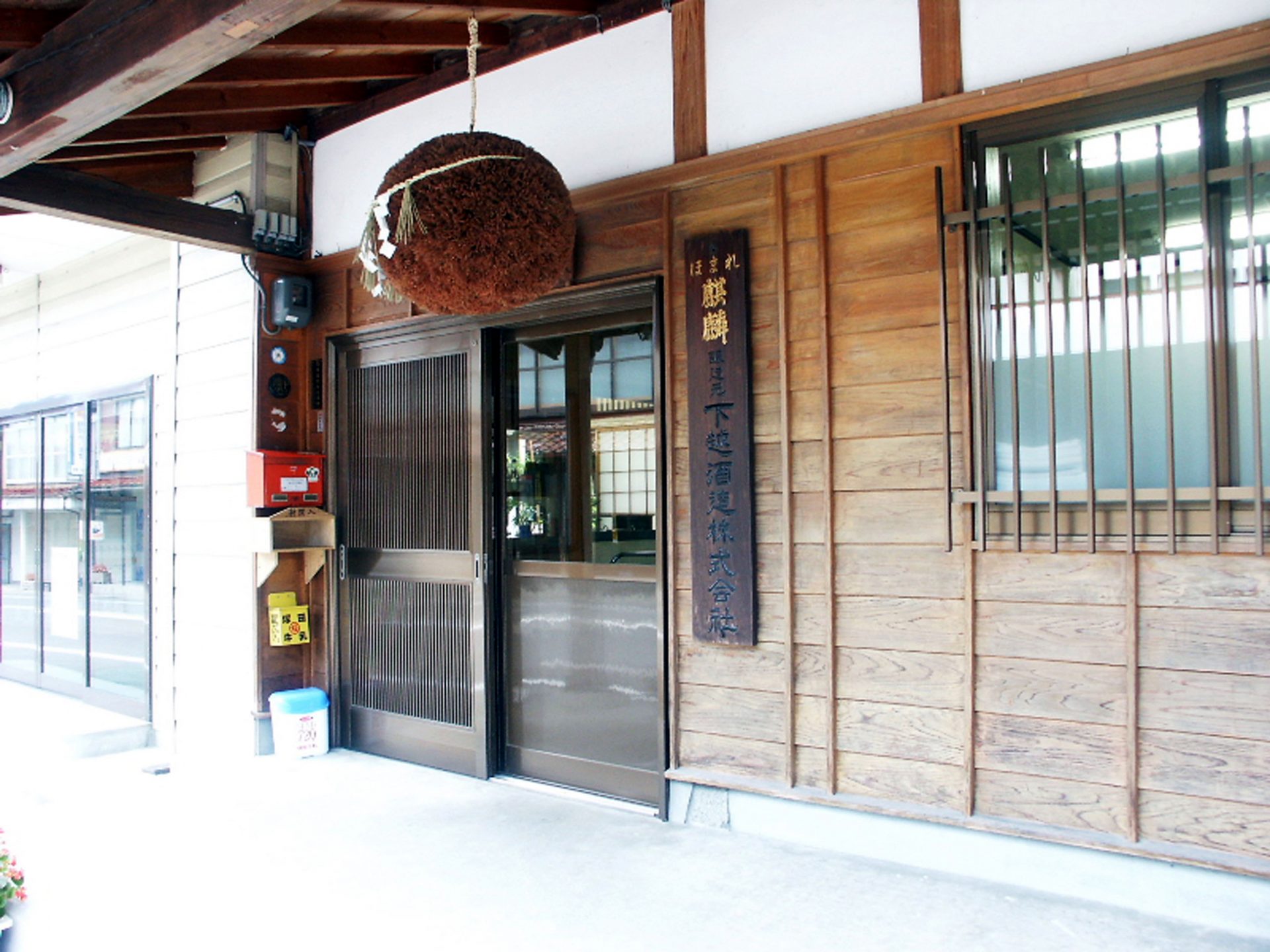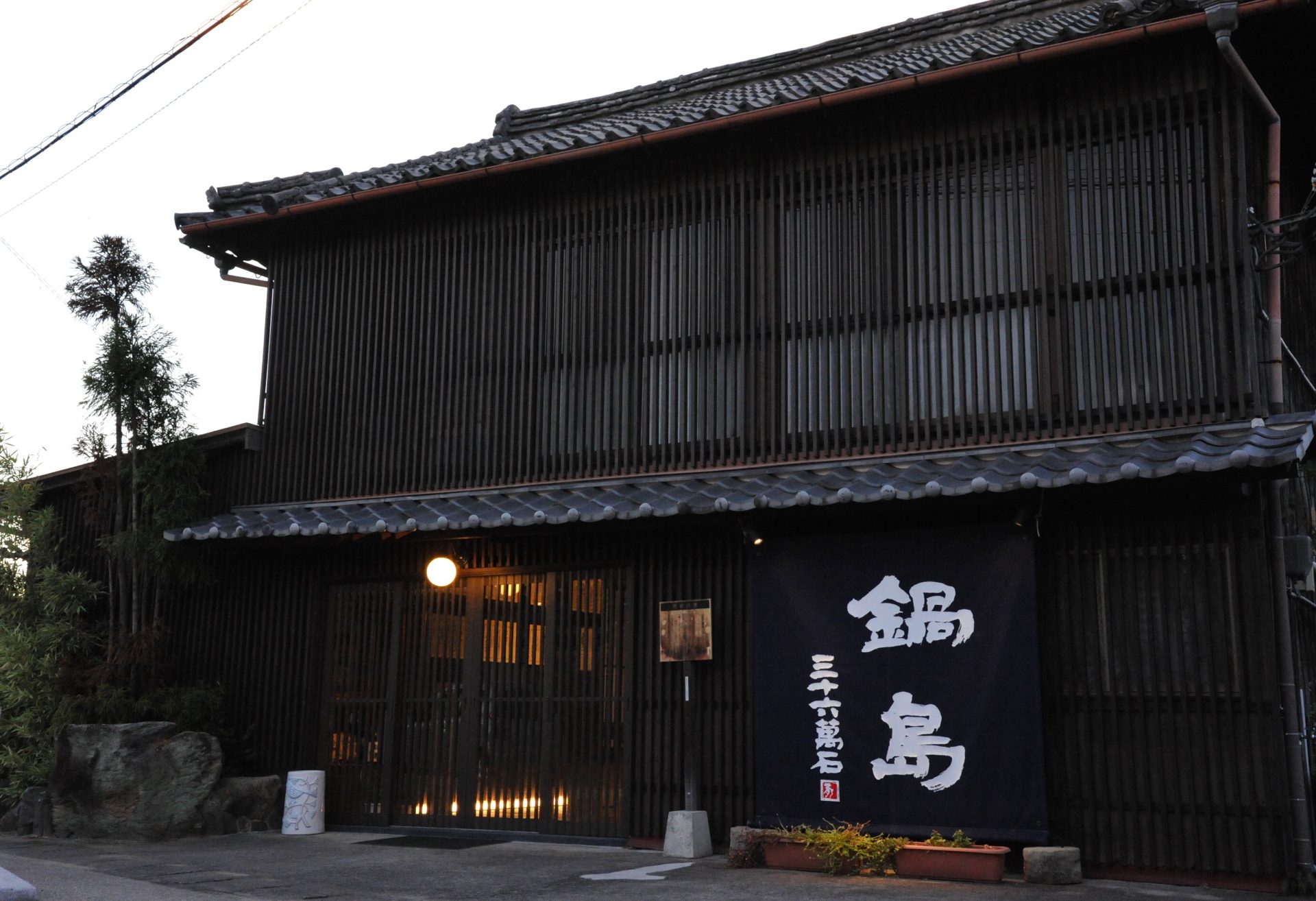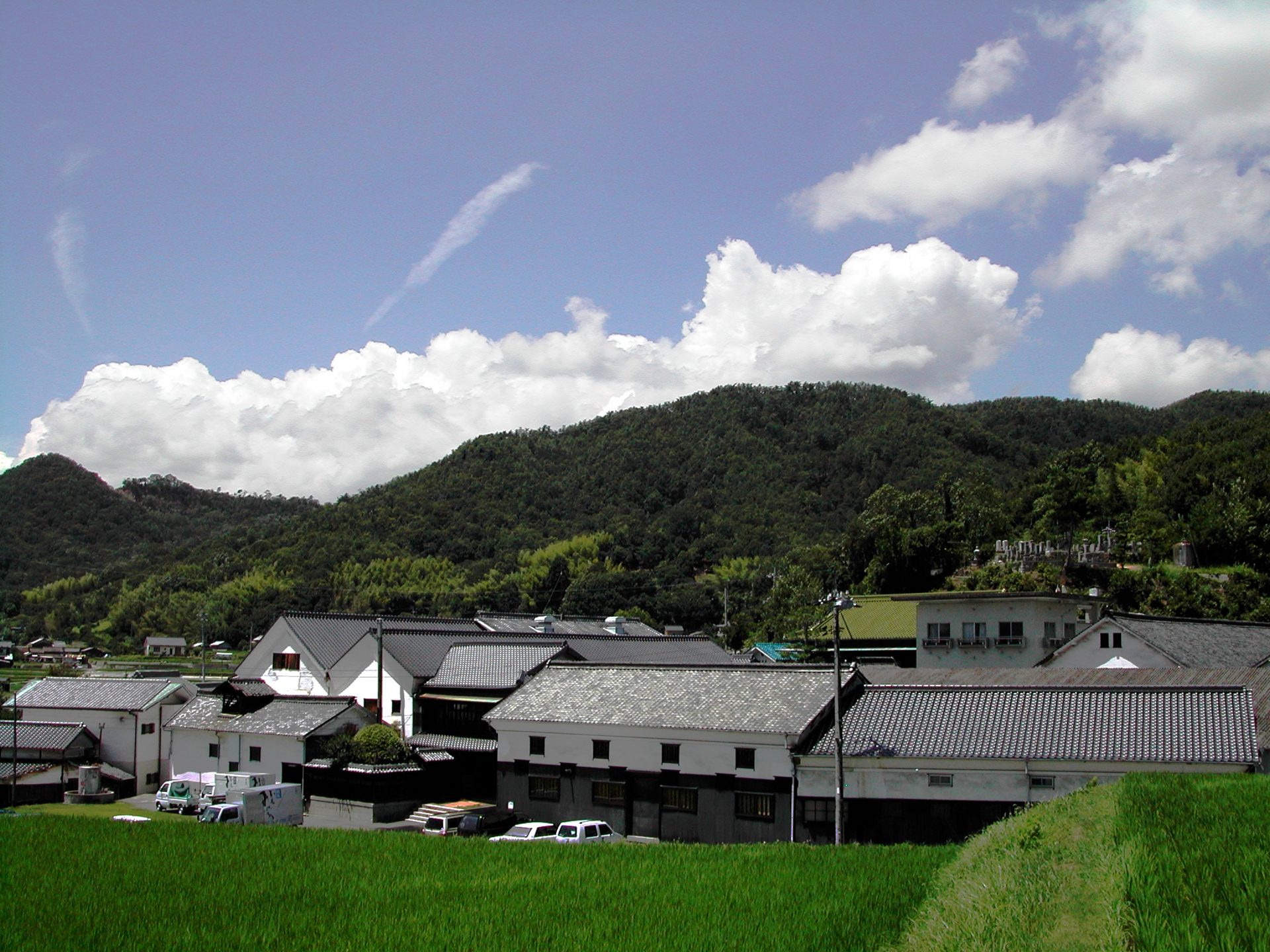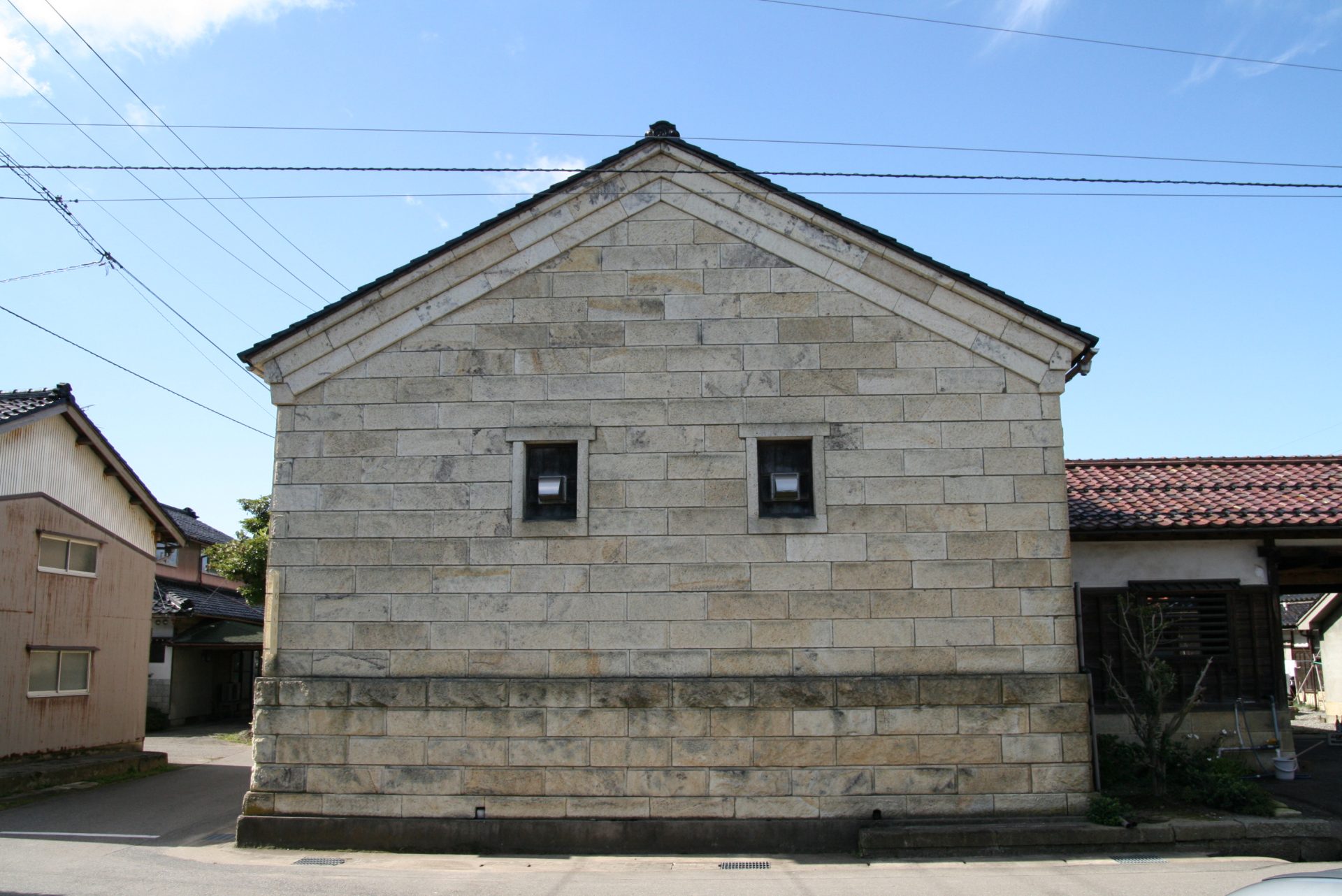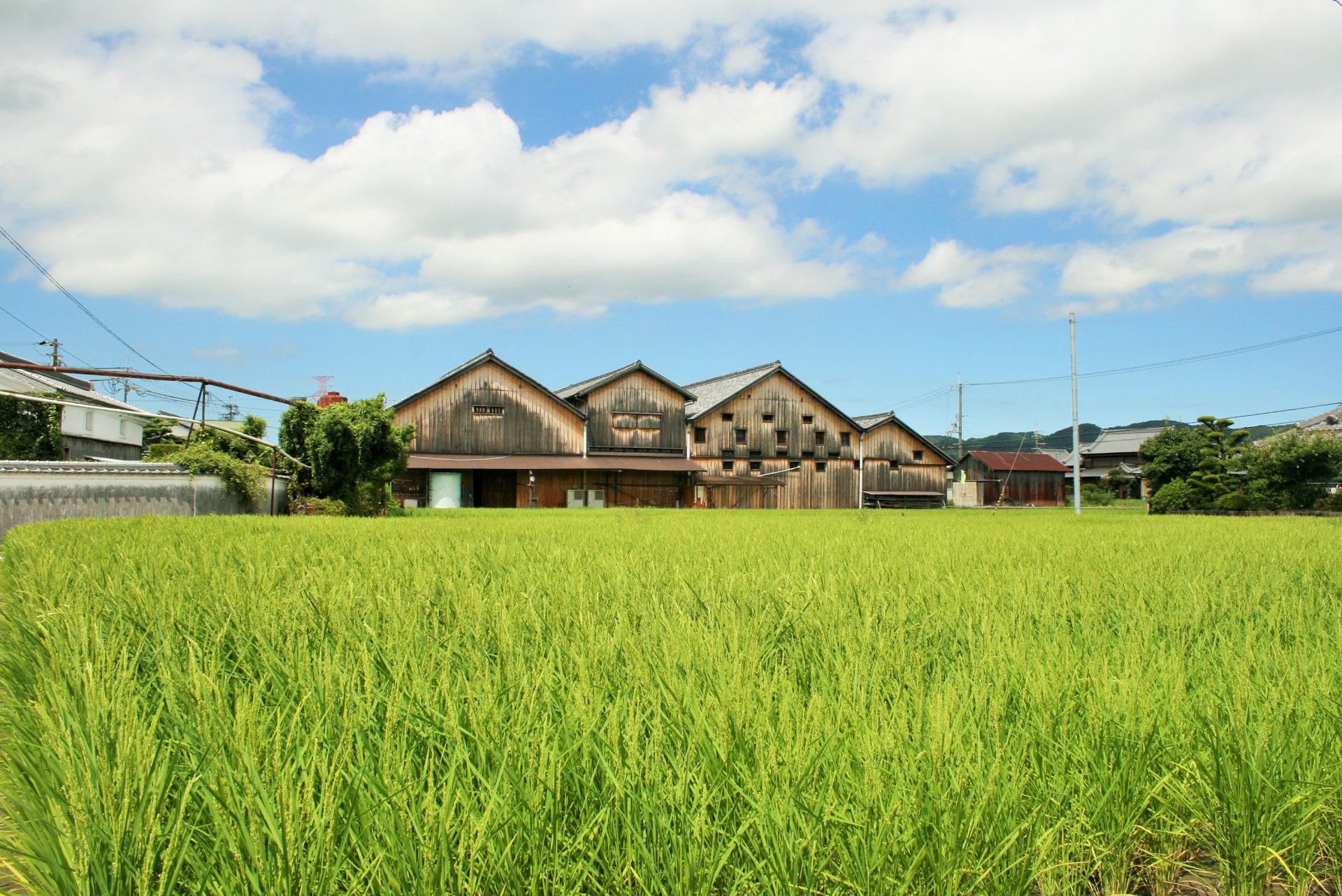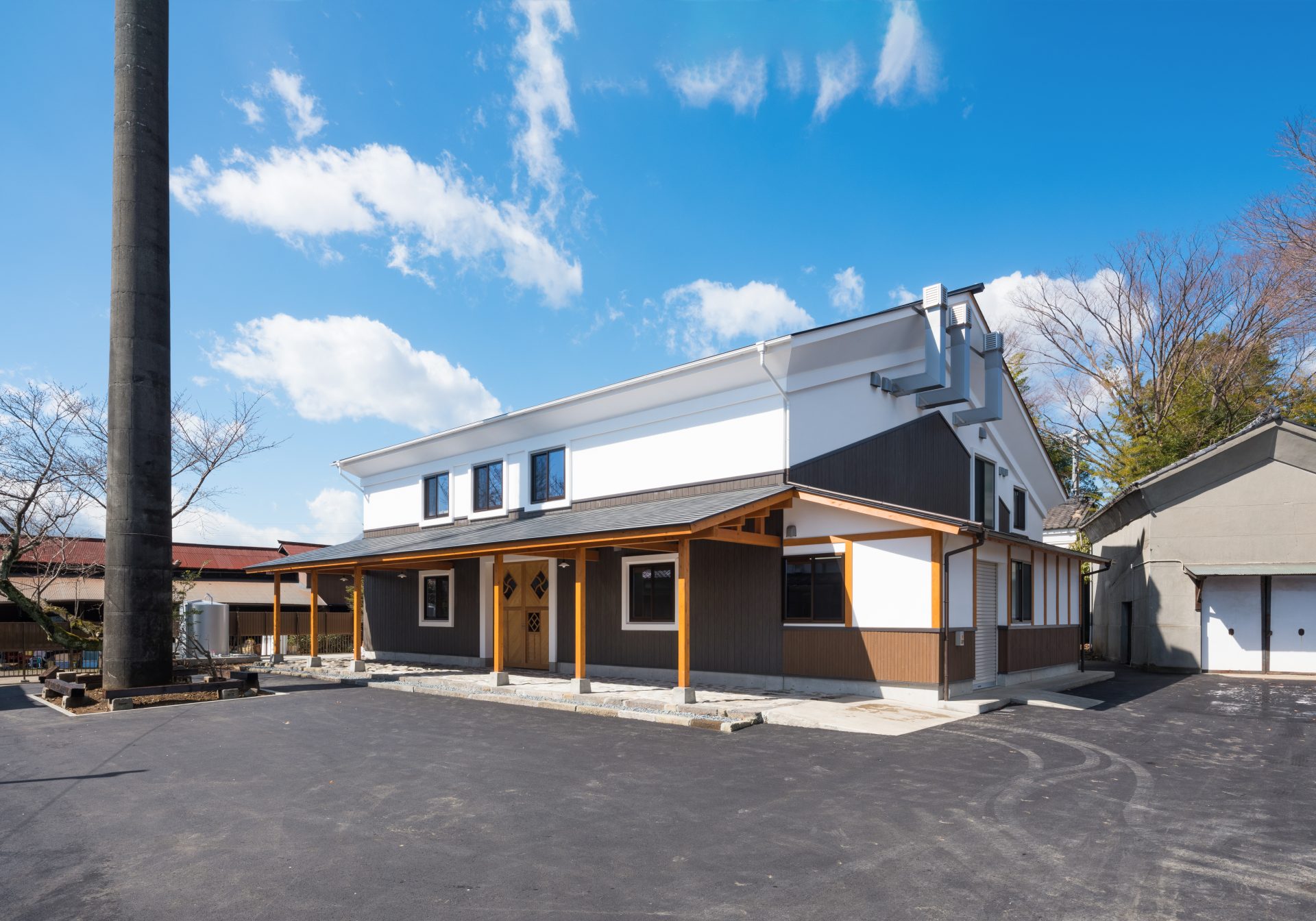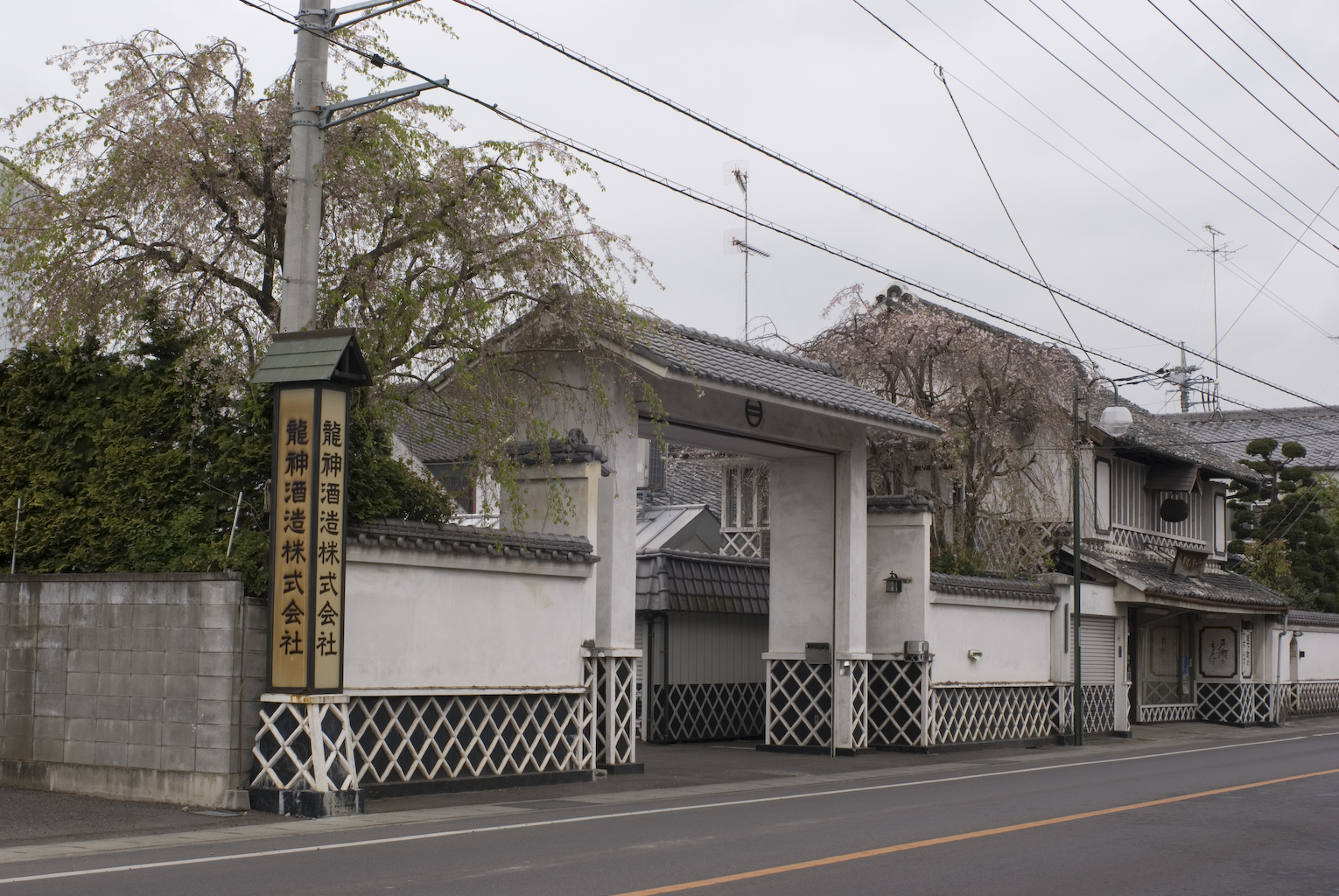
Sake brewery
龍神酒造
Ryujin Shuzo
The Ryujin Shuzo offers sake with refined and elegant aromas, revealing the artisanal soul of this small brewery.
It is widely regarded as one of the finest brands of sake.

Ryujin
Ryujin
Product brand
« Kakushi Ginjo
»
Kakushi Ginjo
Product name
Ryujin
Ryujin
Product brand
Kakushi Ginjo
»Kakushi Ginjo
Product name
龍神 隠し吟醸 生詰め原酒
Fresh and fruity silky sake. Slight acidity and beautiful bitterness, full-bodied and creamy on the palate. A nama sake should be kept refrigerated.
Grade of sake, composed of water, rice, koji, and a little distilled alcohol, with rice polished to more than 30%. Sake with floral aromas.
Namazume : Sake pasteurized only once before cellaring but not a second time before bottling and shipping.
Genshu : Sake produced without adding water after filtration, allowing to lower the alcohol level.
Sake rice that gives clear, dry and lightly fragranced sake.
 Cold
Cold
Ryujin
Ryujin
Product brand
« Junmai Daiginjo
»
Junmai Daiginjo
Product name
Ryujin
Ryujin
Product brand
Junmai Daiginjo
»Junmai Daiginjo
Product name
龍神 純米大吟醸 生詰め
Unpasteurized sake with hints of fennel and fresh almonds. Elegant and refined. A nama sake should be kept refrigerated.
Grade of sake, also called “pure rice”, composed of water, rice and koji, with rice polished to more than 50%. Complex sake with pronounced aromas and refined and harmonious flavors.
Sake pasteurized only once before cellaring but not a second time before bottling and shipping.
Considered the best rice for sake, and gives rich, fruity aromas.
 Cold
Cold

